

Glyphosate 41% SL, or Glyphosate-isopropylammonium, is a broad-spectrum, non-selective systemic post-emergence herbicide used extensively in agriculture, forestry, and industrial weed control. Glyphosate systemic action ensures that the active ingredient, glyphosate, is absorbed through the foliage and translocated throughout the plant, including the root system. This formulated herbicide liquid works by inhibiting the 5-enolpyruvylshikimate-3-phosphate (EPSP) synthase enzyme, a vital component of the shikimic acid pathway. By blocking this pathway, it prevents the synthesis of essential aromatic amino acids needed for plant growth, causing the weed to gradually wilt, yellow, and die. Also referred as ‘GLYPHOSATE ISOPROPYLAMINE SALT’ by Glyphosate manufacturers. We are the leading, trusted Glyphosate technical and Glyphosate formulation supplier worldwide, with reliable lead times and global supply capability.


Glyphosate 41% SL, or Glyphosate-isopropylammonium, is a broad-spectrum, non-selective systemic post-emergence herbicide used extensively in agriculture, forestry, and industrial weed control. Glyphosate systemic action ensures that the active ingredient, glyphosate, is absorbed through the foliage and translocated throughout the plant, including the root system. This formulated herbicide liquid works by inhibiting the 5-enolpyruvylshikimate-3-phosphate (EPSP) synthase enzyme, a vital component of the shikimic acid pathway. By blocking this pathway, it prevents the synthesis of essential aromatic amino acids needed for plant growth, causing the weed to gradually wilt, yellow, and die. Also referred as ‘GLYPHOSATE ISOPROPYLAMINE SALT’ by Glyphosate manufacturers. We are the leading, trusted Glyphosate technical and Glyphosate formulation supplier worldwide, with reliable lead times and global supply capability.

.3d8f8f41.svg)
Agrochemicals
.3556d45a.svg)

Crop Protection & Pest Control


Herbicides
.7767eb0f.png)

Chemical Properties & Specifications
Used for weed control in row crops, orchards, vineyards, and plantations.
Helps manage invasive species and unwanted vegetation.
Applied for weed control in non-crop areas like railways, roadsides, and infrastructure.
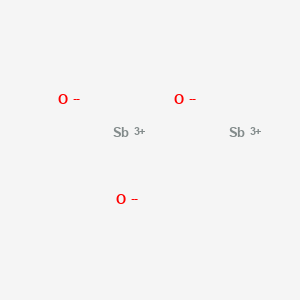
CAS No. : 1309-64-4
Category : Synergists & Smoke Suppressants
Sub-Category : Antimony-based synergists
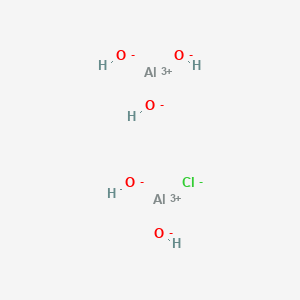
CAS No. : 1327-41-9
Category : Inorganic Chemicals
Sub-Category : Metal-Based Coagulants
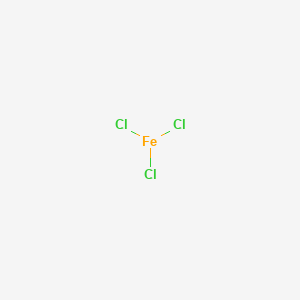
CAS No. : 7705-08-0
Category : Inorganic Chemicals
Sub-Category : Metal-Based Coagulants
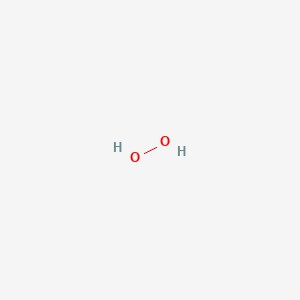
CAS No. : 7722-84-1
Category : Inorganic Chemicals
Sub-Category : Peroxides & Oxidizing Agents
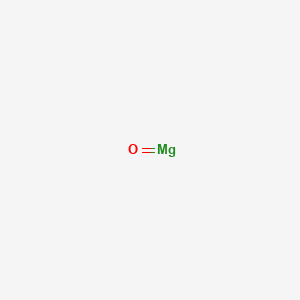
CAS No. : 1309-48-4
Category : Inorganic Chemicals
Sub-Category : Active Pharmaceutical Ingredients (APIs)
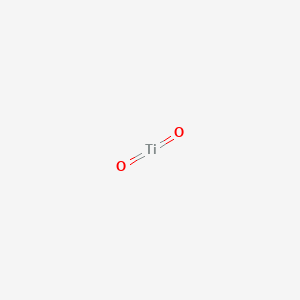
CAS No. : 13463-67-7
Category : Pigments & Colorants
Sub-Category : Inorganic Pigments
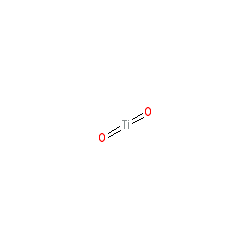
CAS No. : 13463-67-7
Category : Pigments & Colorants
Sub-Category : Inorganic Pigments
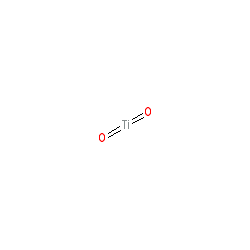
CAS No. : 13463-67-7
Category : Pigments & Colorants
Sub-Category : Inorganic Pigments
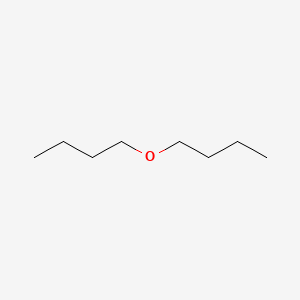
CAS No. : 142-96-1
Category : Solvents & Carriers
Sub-Category : Ethers & Ether-Based Solvents
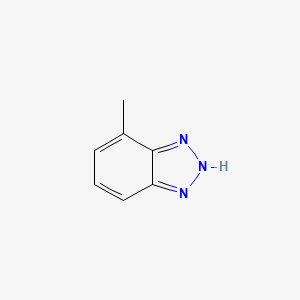
CAS No. : 29385-43-1
Category : Specialty Polymers & Additives
Sub-Category : Corrosion Inhibitor Additives

CAS No. : 25322-69-4
Category : Specialty Polymers & Additives
Sub-Category : Polyether Polyols
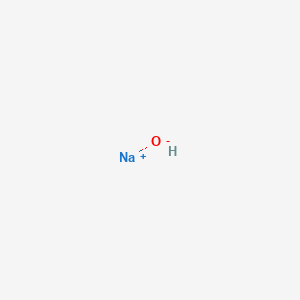
CAS No. : 1310-73-2
Category : Inorganic Chemicals
Sub-Category : Acidulants & Acidity Regulators

CAS No. : 78-93-3
Category : Base Chemicals & Intermediates
Sub-Category : Ketones & Solvents
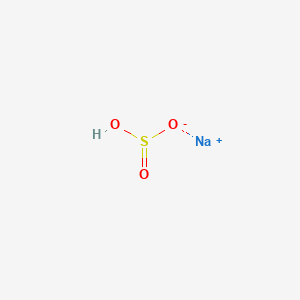
CAS No. : 7631-90-5
Category : Inorganic Chemicals
Sub-Category : Sulfur-Based Compounds
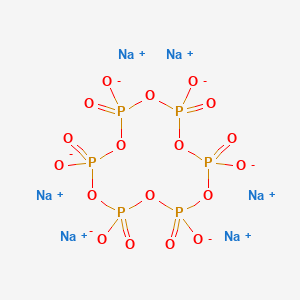
CAS No. : 10124-56-8
Category : Inorganic Chemicals
Sub-Category : Phosphate Compounds
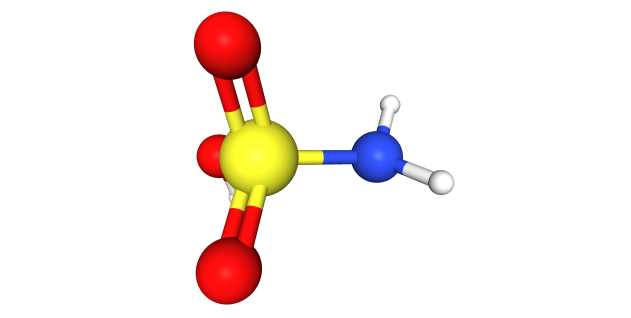
CAS No. : 5329-14-6
Category : Inorganic Chemicals
Sub-Category : Acid Derivatives

CAS No. : 100-44-7
Category : Organic Intermediates
Sub-Category : Chlorinated Aromatic Compounds
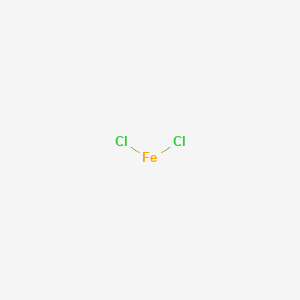
CAS No. : 7758-94-3
Category : Inorganic Chemicals
Sub-Category : N/A

CAS No. : 1314-13-2
Category : Inorganic Chemicals
Sub-Category : N/A
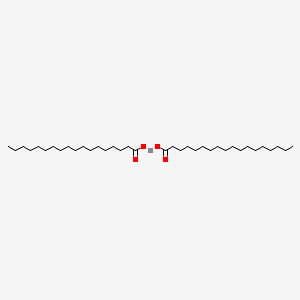
CAS No. : 136-53-8
Category : Inorganic Chemicals
Sub-Category : Metal Carboxylates
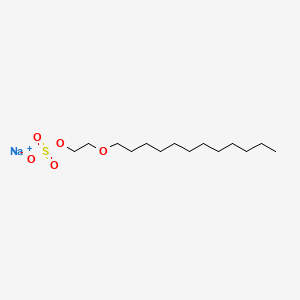
CAS No. : 9004-82-4
Category : Surfactants
Sub-Category : Anionic (Ether sulfates)
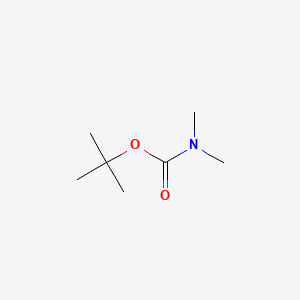
CAS No. : 61788-93-0
Category : Surfactants & Emulsifiers
Sub-Category : Fatty Amines
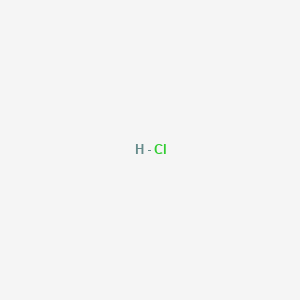
CAS No. : 7647-01-0
Category : Inorganic Acids
Sub-Category : Mineral Acids
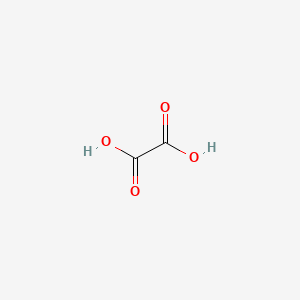
CAS No. : 144-62-7
Category : Organic Acid Derivatives
Sub-Category : Dicarboxylic Acids
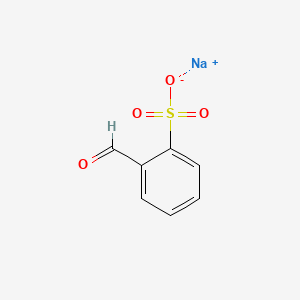
CAS No. : 17465-11-3
Category : Organic Intermediates
Sub-Category : Aromatic Sulfonates

CAS No. : 7704-34-9
Category : Inorganic Chemicals
Sub-Category : Sulfur & Derivatives
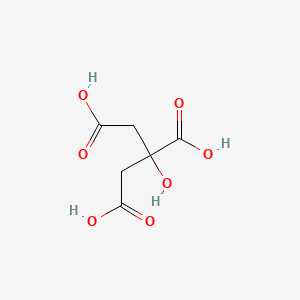
CAS No. : 77-92-9
Category : Food Ingredients
Sub-Category : Flavor Enhancers
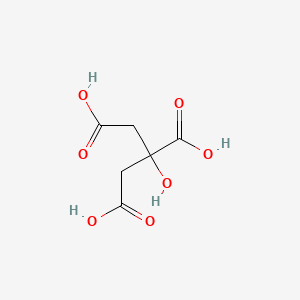
CAS No. : 77-92-9
Category : Food Ingredients
Sub-Category : Flavor Enhancers
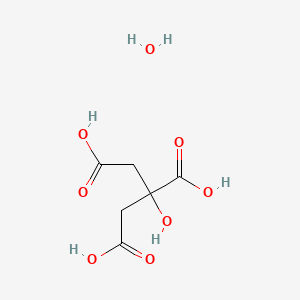
CAS No. : 5949-29-1
Category : Food Ingredients
Sub-Category : Flavor Enhancers

CAS No. : 7631-90-5
Category : Inorganic Chemicals
Sub-Category : Sulfur-Based Compounds

CAS No. : 10124-56-8
Category : Inorganic Chemicals
Sub-Category : Phosphate Compounds
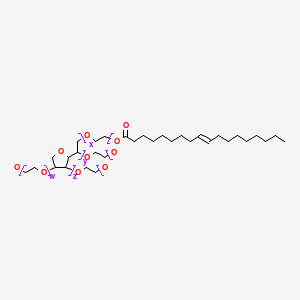
CAS No. : 9005-65-6
Category : Surfactants & Emulsifiers
Sub-Category : N/A
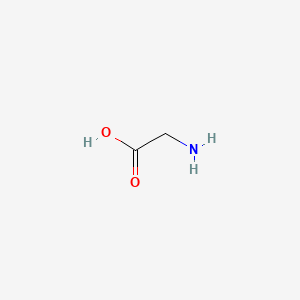
CAS No. : 56-40-6
Category : Nutraceutical Ingredients
Sub-Category : Amino Acids & Proteins
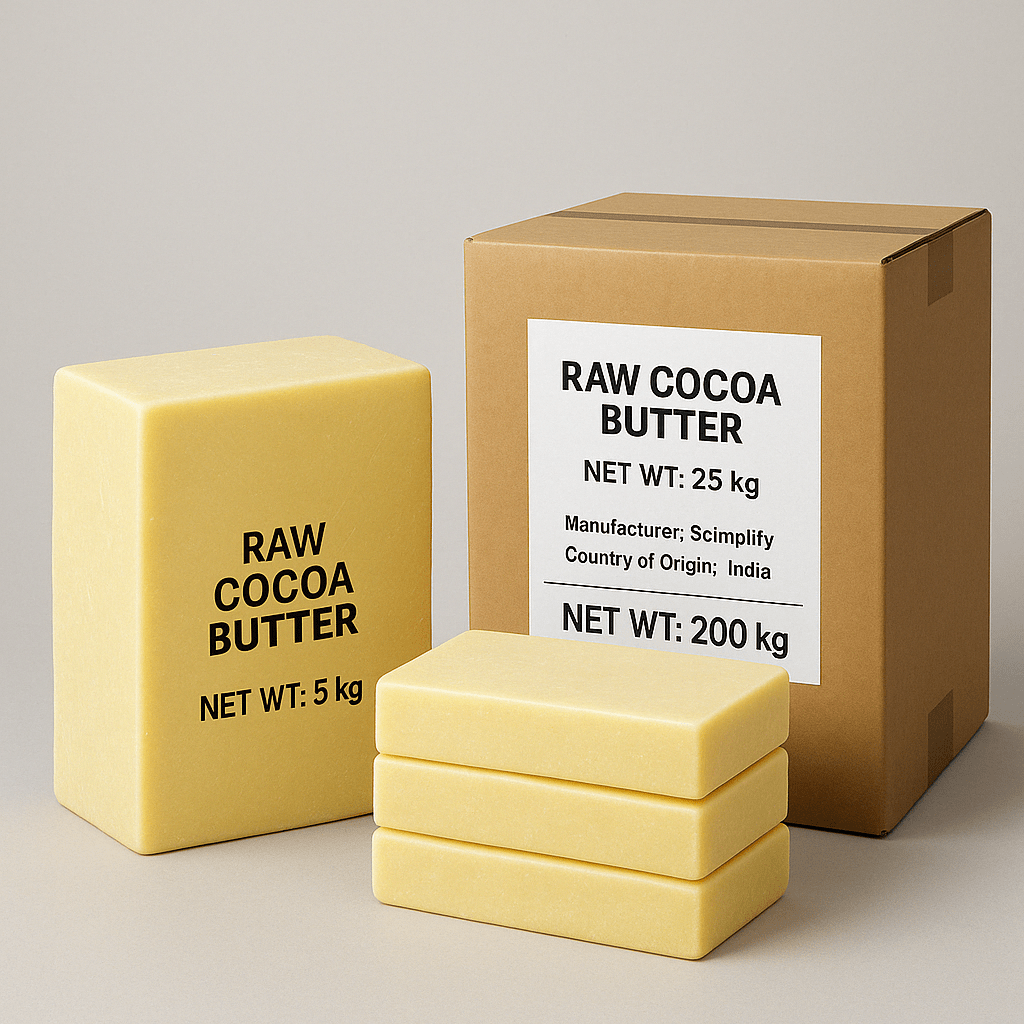
CAS No. : 8002-31-1
Category : Food Ingredients
Sub-Category : Cocoa & Chocolate Derivatives
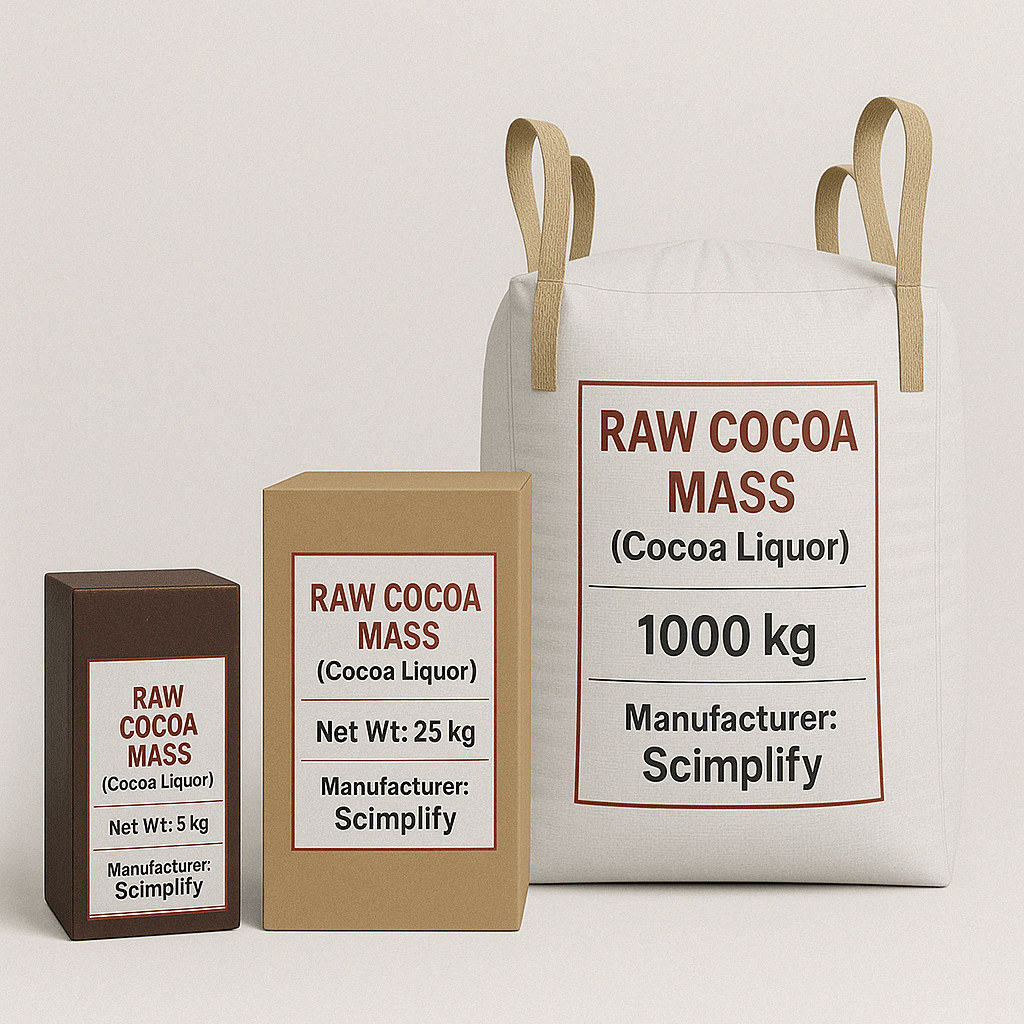
CAS No. : 84649-99-0
Category : Food Ingredients
Sub-Category : Cocoa & Chocolate Derivatives
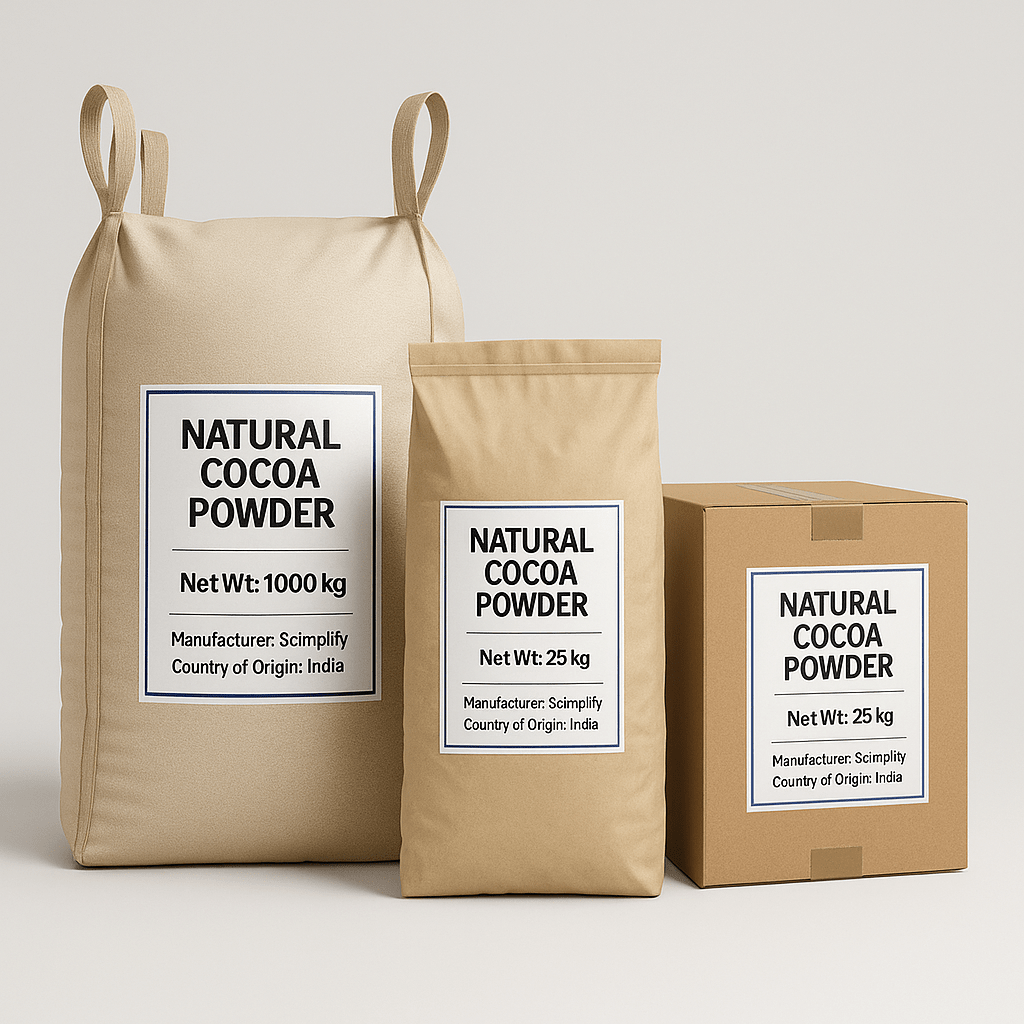
CAS No. : 84649-99-0
Category : Food Ingredients
Sub-Category : Cocoa & Chocolate Derivatives
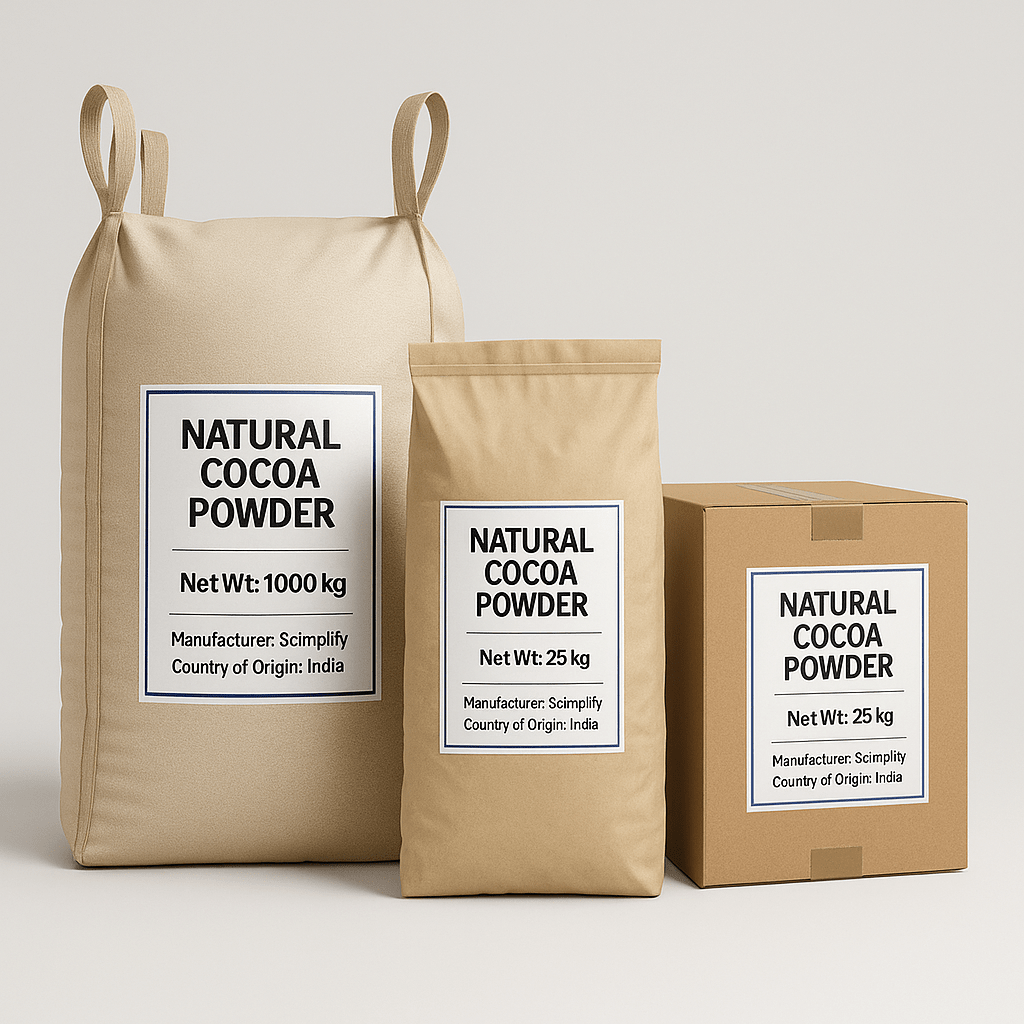
CAS No. : 84649-99-0
Category : Food Ingredients
Sub-Category : Cocoa & Chocolate Derivatives
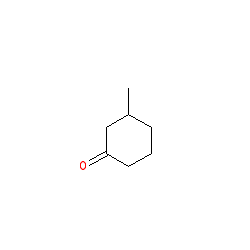
CAS No. : 36306-87-3
Category : Fragrance Ingredients
Sub-Category : Ionones & Ketones

CAS No. : 16409-43-1
Category : Fragrance Ingredients
Sub-Category : Aroma Compounds
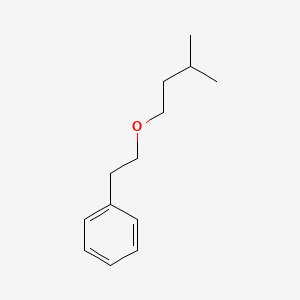
CAS No. : 56011-02-0
Category : Fragrance Ingredients
Sub-Category : Aliphatic Aromatic Ethers
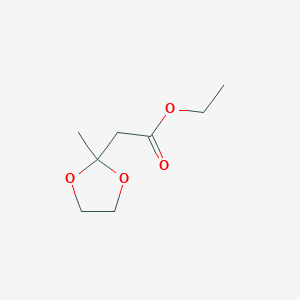
CAS No. : 6413-10-1
Category : Fragrance Ingredients
Sub-Category : Ketal Fruit Esters

CAS No. : 5182-36-5
Category : Fragrance Ingredients
Sub-Category : Aroma Chemicals
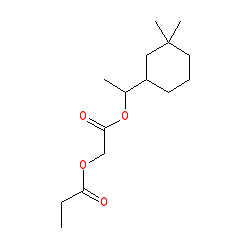
CAS No. : 236391-76-7
Category : Fragrance Ingredients
Sub-Category : Polycyclic Synthetic Musks

CAS No. : 236391-76-7
Category : Fragrance Ingredients
Sub-Category : Polycyclic Synthetic Musks
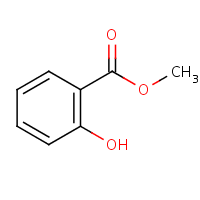
CAS No. : 119-36-8
Category : Fragrance Ingredients
Sub-Category : Aromatic Esters